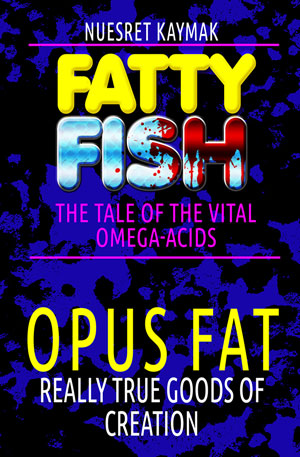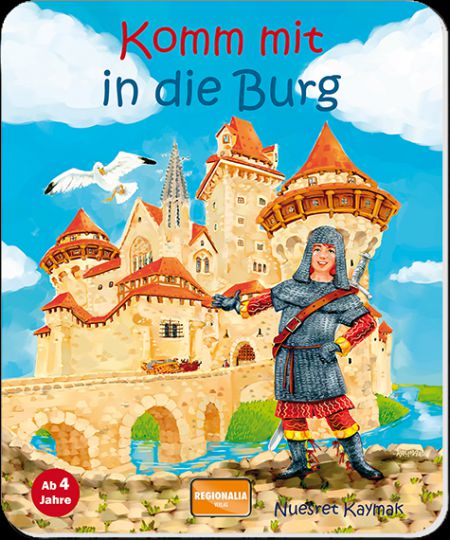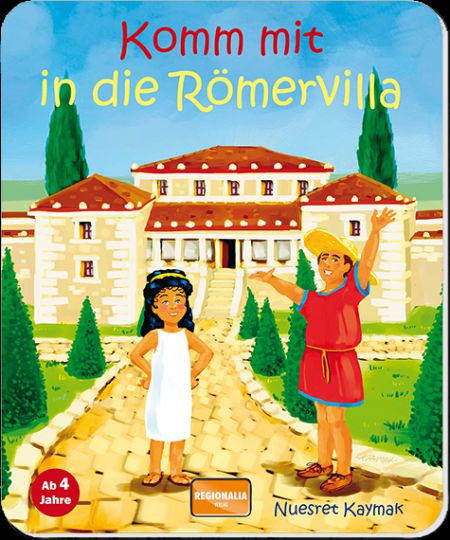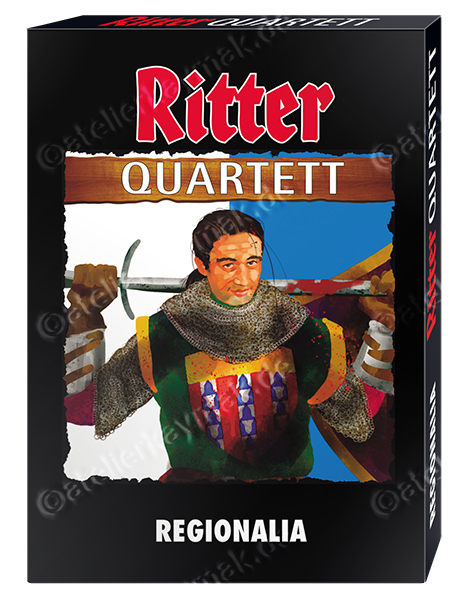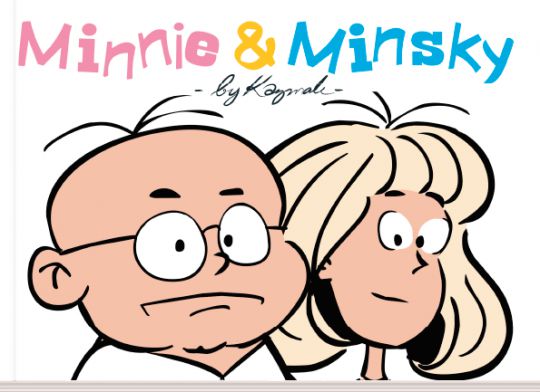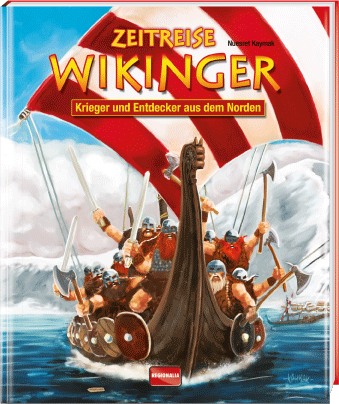KAYMAK goes 3D! (english)
The impetus came from a client who was looking for a 3D expert for product photography. I had been wanting to get into this for years - but had always been put off by the design of the complicated looking UI. After all, I'm not a mechanical engineer or CAD expert by nature. But 3D computer animations have always impressed me (think of the many 3D movies from Pixar Animation Studios. These ingenious and usually very funny realizations won me great respect from the very beginning. From my experience with 2D animated films, I know how elaborate such a production pipeline can become. The flow of an animation project from start to finish with pre-production, the actual production and post-production - can easily become a gravity-defying endeavor. As a graphic designer with a focus on illustration, I was, understandably, less interested in the technology than the visuals. In other words, I was more interested in the design of the figures than in their technically intensive implementation as controllable 3D bodies. The animation itself, on the other hand, magnetically attracted me, of course - because the leap from static illustration to moving image in the form of 2D animated film technology is comprehensibly logical and consistent. My self-imposed "boycott" into 3D animation was basically shyness or even a certain aversion to the technology. The complicated-looking, technical environment of CGI - 3D computer graphics - made me, a creative brush-wielder from the world of paper and paint pots, think too much of mathematics. And because I did not become a bridge builder - but a graphic designer - you can perhaps understand that. But there's another reason why I've stayed away from 3D computer graphics for so long: it's the fleshing out of characters. I can't stand most characters - whether from Pixar or Disney or whoever - except with a stomachache! For the simple reason that this worldwide "standardization" of 3D cartoon characters (and I mean mainly faces and eyes) - annoys me! Already in my childhood I had felt the "Heidi" episodes produced in Japanese anime studios as "somehow strange". Simply because I - ...and this is not a valuation! - I could not see the characters stylized to Japanese standards integrated into the reality of my life. The big hype around Manga (Japanese comics with figures with plate-sized eyes) and Animes (the animated film adaptations of the same comics) reached Germany only many years later. In Japan - and probably throughout the Far East and the USA - manga and anime have become an essential part of everyday life. It is quite simply impossible to imagine life without them. Another reason might be that psychologists from market research have found out by means of experiments that the simple trick of biology - that the offspring should have particularly large eyes in order not to be eaten but to be protected - usually works. We should recall here the "Teletubbies" - the first concept for "baby TV" conceived in the laboratory - by the French-German broadcaster ARTE. Despite all the prophecies of doom, it seems to have worked well. But back to me and my decision to get into 3D computer graphics after all before I bite the dust. :-) So the push I mentioned in the beginning enabled me to get rid of my fear of the mostly unspeakably complicated looking UIs, the user interfaces. My ambition and curiosity (born from the decision to prove it to myself) made me - the passionate autodidact - take an intensive crash course! And what can I say: it worked! :-) Suddenly, thousands of pallets, windows and wire mesh - are no longer foreign bodies and enemies that want to do you harm! On the contrary! Now they appear to me as appreciative, friendly helpers, whose help I gladly take up. I can finally immerse myself in virtual reality, in three-dimensional space. Into the world of virtual modeling - the "digital kneading" and shaping of digital bodies. To bodies that I can materialize out of the mental imagination into controllable objects. This literally creates new perspectives... If someone should ask me now, how this can happen so fast? The answer: fortunately I have a steep learning curve! Last but not least: I was allowed to learn photography as part of my profiling as a graphic designer. At that time still classically with exposure meter, 35mm and medium format cameras, laboratory with tubs, boron lamps, chemistry and the obligatory paper prints. Now, in connection with 3D computer graphics, I can use much of the technical know-how - such as angle of view, focal length and lighting - very well to build up compositions coherently. Also helpful are my experiences from years of working as a photo layouter and storyboarder - the visual "scripts" for photographers and commercial filmmakers. These come into their own in my 3D work, as does my classical training in drawing (at that time still with real, nude models or nature study, drawing on location: in the middle of nowhere). All this is held together and supported by a solid basis from the professional training in visual design (the classic graphic design with color and shape theory, typography as well as in (calligraphic) type graphics. Question: what are the advantages of a graphic designer specializing in illustration and 2D animation - offering 3D computer graphics? Answer: The direct and short communication pipeline saves nerves, time and money!



























